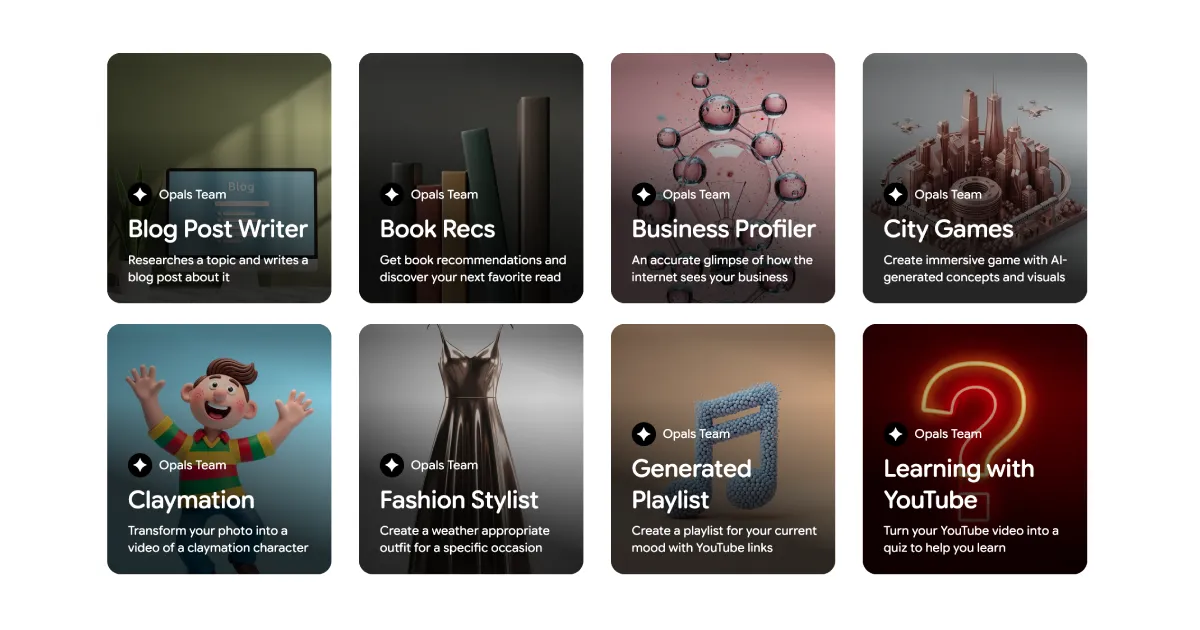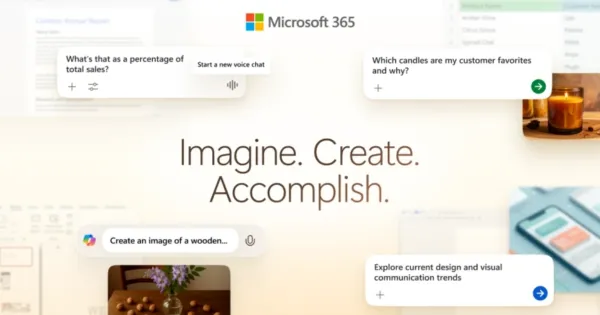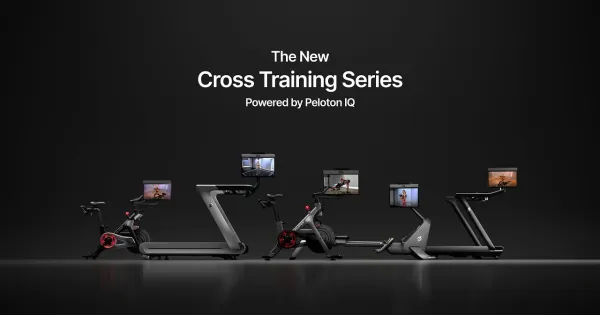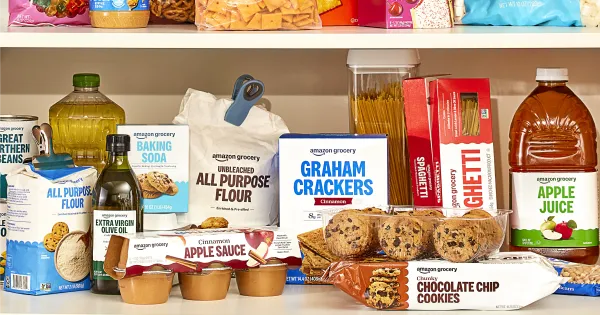Google launches a vibe-coding tool called Opal

AI-powered coding tools have seen an explosion in popularity in recent months, becoming the latest battleground for tech companies looking to redefine how software is built. These tools — often dubbed “vibe-coding” platforms — allow users to describe what they want an app to do, and the AI takes care of the rest. Now, Google is stepping into the ring with its latest experiment: a tool called Opal.
Currently available to U.S. users through Google Labs, Opal is designed to make building web apps as easy as typing a prompt. With just a sentence or two, users can generate fully functional mini-apps. They can also remix existing ones from a shared gallery, turning app creation into something closer to collaboration and play than traditional software development.
Once an app is generated, users are taken into a visual workflow editor. This interface displays the app’s logic in a flowchart-like format, showing how inputs and outputs are handled step-by-step. Each component can be clicked into and customized — whether that means tweaking the prompt, modifying the data flow, or adding entirely new steps using Opal’s built-in tools.
And once the user is happy with the result? With a single click, the app can be published online and shared via a link. Friends or collaborators can open it in their own Google accounts and try it out for themselves.
Opal marks a shift in Google’s AI development strategy. While the company already offers tools for AI-driven coding through its more technical AI Studio, Opal’s visual-first approach suggests it’s targeting a broader audience — including non-developers and casual creators who want to prototype ideas quickly without learning to code.
In doing so, Google joins a growing field of competitors racing to democratize app development. Companies like Canva, Figma, and Replit are building similar no-code or low-code tools that cater to creators outside of traditional tech roles. Meanwhile, startups like Lovable and Cursor are attracting major attention — and investment — as the appetite for AI-assisted creation continues to grow.
With Opal, Google isn’t just experimenting with a new tool. It’s betting that the future of coding may not involve much “coding” at all — just a vibe, a vision, and the right prompt.





